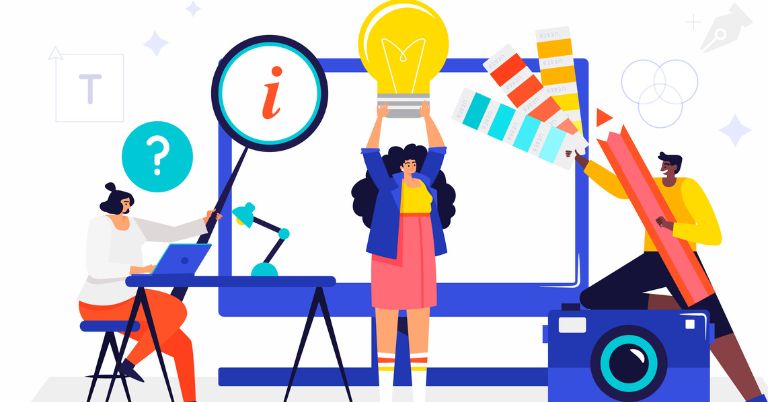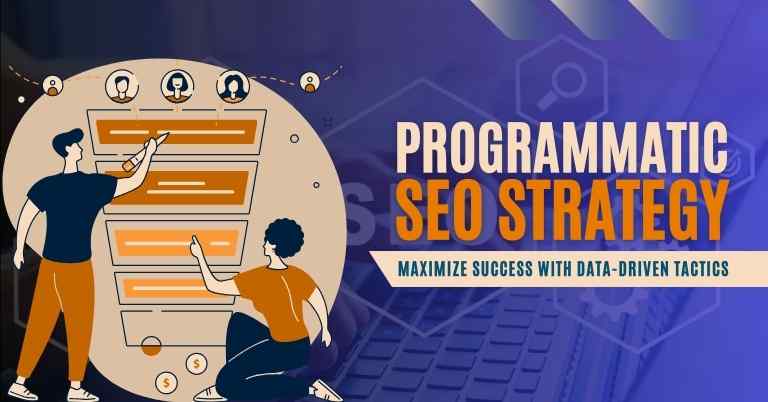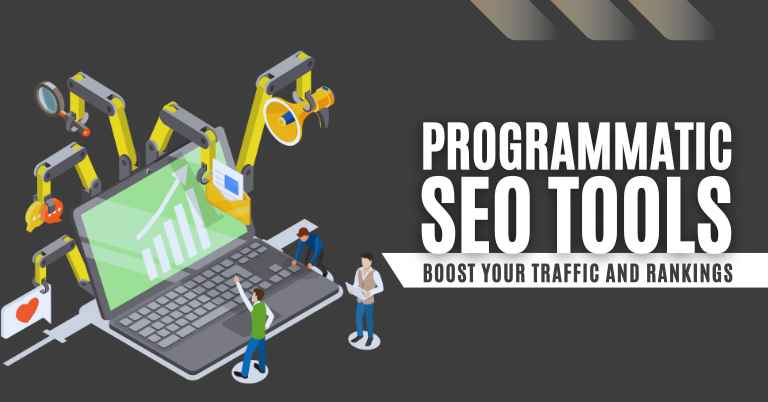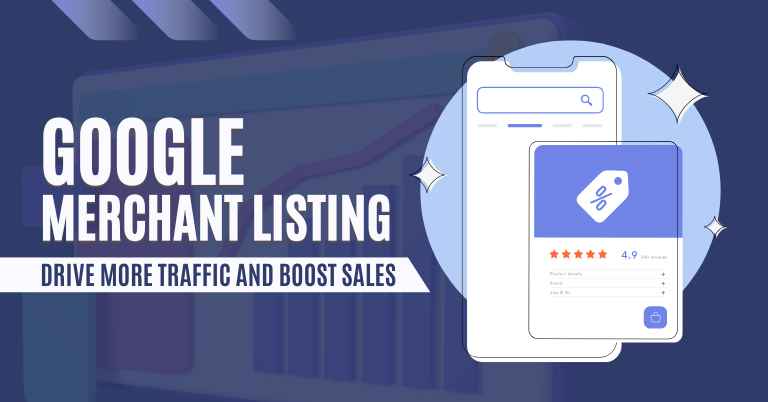To create more hype for a product launch, engage in strategic marketing tactics. One recent example is the Apple launch of the iPhone 13 series, which generated enormous anticipation through carefully crafted teasers, exclusive events, and partnerships with influencers and media outlets.
Let's See the Topic Overview
The Power Of Pre-Launch Marketing Strategies
Creating a buzz before a product launch is crucial for building anticipation. With effective pre-launch marketing strategies, such as teaser campaigns, exclusive previews, and influencer collaborations, companies can generate more hype and excitement around their upcoming products. Recent examples include Apple’s cryptic event invitations and Tesla’s surprise reveals, both of which successfully built anticipation and excitement among consumers.
Launching a new product can be an exciting and nerve-wracking time for any business. Creating hype and generating buzz around your product is essential for a successful launch. One effective way to build anticipation and excitement is through pre-launch marketing strategies.
By utilizing social media platforms, building anticipation through teasers, and engaging influencers for product endorsement, you can create more hype for your product launch. Let’s explore these strategies in detail:
Utilizing Social Media Platforms
Social media has become an integral part of our daily lives, making it an ideal platform to reach a wider audience and create buzz for your product launch. Here are some ways to effectively utilize social media:
- Choose the right platforms: Identify the platforms where your target audience is most active. Focus your efforts on those platforms to maximize engagement.
- Create a content calendar: Plan and schedule your social media posts leading up to the launch. Consistent and well-timed posts will help keep the excitement alive.
- Share behind-the-scenes content: Give your audience a sneak peek into the product development process or share teasers that spark curiosity.
- Utilize storytelling: Use social media to tell a story about your product; highlight its unique features, benefits, and the problems it solves.
- Run contests and giveaways: Organize social media contests or giveaways to generate excitement and encourage user participation.
Building Anticipation Through Teasers
Teasers can be a powerful tool to pique curiosity and build anticipation for your product launch. Here’s how you can effectively use teasers:
- Short videos and GIFs: Create short videos or animated GIFs that showcase snippets of your product or its features. This visual content can be easily shared across social media platforms to create buzz.
- Cryptic messages: Craft mysterious messages that hint at your product without revealing too much. This will intrigue your audience and leave them wanting more.
- Exclusive sneak peeks: Offer a limited number of people the chance to get an exclusive preview of your product. This will create a sense of exclusivity and generate buzz among your audience.
- Countdowns and launch dates: Create a countdown on your website or social media platforms to build anticipation towards the launch date. This will create a sense of urgency and excitement.
Engaging Influencers For Product Endorsement
Influencer marketing has become a popular strategy for product launches due to its ability to reach a large and engaged audience. Here’s how you can leverage influencers:
- Identify relevant influencers: Find influencers who align with your brand values and have a following that matches your target audience.
- Establish genuine relationships: Build relationships with influencers before approaching them for product endorsement. Engage with their content, provide value, and show genuine interest in their work.
- Offer exclusive experiences: Provide influencers with exclusive access to your product or invite them to a VIP event related to the launch. This will make them feel valued and more likely to promote your product.
- Collaborate on content creation: Work with influencers to co-create engaging and authentic content. This could be in the form of reviews, tutorials, or unboxing videos.
- Leverage their reach: Once the influencers have created content, encourage them to share it across their social media platforms to maximize reach and generate excitement.
By utilizing social media platforms, building anticipation through teasers, and engaging influencers for product endorsement, you can create more hype for your product launch. These strategies will not only generate excitement but also help you reach a wider audience and build brand awareness.
Start planning and implementing your pre-launch marketing strategies to make your product launch a resounding success!
Leveraging User-Generated Content To Build Buzz
Leveraging user-generated content is a powerful strategy for generating hype and excitement around a product launch. One recent example is the online retailer who encouraged customers to share their experiences and reviews on social media, creating a buzz that significantly boosted their sales.
Encouraging customers to share their excitement:
- Implement social media sharing buttons on your website to make it easy for customers to share their excitement about your product launch with their followers.
- Offer incentives such as discounts, exclusive access, or special rewards for customers who share their experiences or reviews on social media platforms.
- Create a branded hashtag and encourage customers to use it when posting about your product. This will help generate buzz and make it easier for you to track and engage with user-generated content.
Running contests and giveaways:
- Organize social media contests where participants can win your product or related merchandise. Encourage contestants to share the contest with their friends to increase visibility and engagement.
- Ask customers to submit entries showing how they would use or style your product. This not only generates user-generated content but also provides valuable insights into how your product is perceived and used by your target audience.
- Offer exclusive pre-launch access or VIP experiences as prizes to create a sense of anticipation and excitement among your customers.
Creating a community around your product:
- Establish an online community or forum where customers can discuss and share their experiences with your product. This will not only create a sense of belonging but also provide a platform for user-generated content.
- Feature customer stories or testimonials on your website or social media channels. This will not only showcase the benefits of your product but also encourage others to share their own experiences.
- Host virtual events or webinars where customers can interact with you and other members of the community. This will foster a sense of community and generate buzz around your product launch.
Remember, leveraging user-generated content is a powerful way to build hype and generate buzz for your product launch. By encouraging customers to share their excitement, running contests and giveaways, and creating a community, you can tap into the collective enthusiasm of your audience and create a buzz that will drive anticipation and increase visibility for your product launch.
Creating Effective Launch Events
Creating effective launch events is crucial to generate hype for a product launch. Recent examples include Apple’s unveiling of the iPhone 12, which featured virtual demos and live-streamed presentations, and Tesla’s Cybertruck reveal, which generated buzz through a unique futuristic design and interactive experiences.

These events successfully created anticipation and excitement among their target audiences, resulting in a successful product launch.
Organizing a live product demonstration:
- Plan and prepare: Begin by setting a date, time, and location for the live product demonstration. Make sure you have all the necessary equipment, props, and materials ready in advance.
- Engage your audience: Create a buzz before the event by teasing the features and benefits of the product. Leverage social media platforms, email marketing, and influencers to generate excitement and anticipation. Make it clear that attending the live demonstration is a unique opportunity.
- Show, don’t just tell: During the event, focus on showcasing the product’s key features and how it solves customer pain points. Use real-life examples, case studies, or testimonials to demonstrate its effectiveness. Encourage audience participation and offer hands-on experiences to make it more engaging.
- Capture the moment: Record the live demonstration and share it on various online platforms afterward. This way, those who couldn’t attend can still experience the excitement and learn about the product. Include a call-to-action encouraging viewers to take the next steps, such as signing up for a waitlist or making a purchase.
Hosting a virtual launch party:
- Plan the virtual event: Choose a suitable online platform for hosting the virtual launch party, such as Zoom, Webex, or Microsoft Teams. Set a date and time, and create a detailed agenda for the event.
- Create a compelling invitation: Design an eye-catching and informative invitation that highlights the uniqueness of the virtual launch party. Emphasize the benefits of attending, such as exclusive offers, giveaways, or access to industry experts.
- Deliver an interactive experience: Make the virtual launch party engaging by incorporating interactive elements like live polls, Q&A sessions, or virtual product demos. Consider inviting industry influencers or experts as guest speakers to add credibility and value to the event.
- Leverage social media: Use social media platforms to promote the virtual launch party and generate excitement. Create teaser videos, behind-the-scenes content, and exclusive sneak peeks to keep the audience engaged leading up to the event.
- Follow up after the event: Send personalized follow-up emails to attendees, thanking them for their participation and providing any additional information or resources. Encourage them to share their experiences on social media and contribute to the post-event buzz.
Collaborating with industry events or trade shows:
- Research relevant events: Identify industry events or trade shows that align with your product and target audience. Look for opportunities to collaborate as an exhibitor, sponsor, or speaker.
- Stand out from the crowd: Develop a unique and eye-catching booth design that reflects your brand and showcases your product effectively. Offer interactive experiences, product demonstrations, or exclusive previews to attract attendees.
- Network and build partnerships: Take advantage of the event to network with industry professionals, potential customers, and media representatives. Seek opportunities for joint ventures, partnerships, or media coverage to expand the reach of your product launch.
- Leverage event marketing: Use social media, email marketing, and online ads to promote your participation in the event. Offer incentives or exclusive discounts to attendees who visit your booth or attend your presentation.
- Measure and analyze: Keep track of important metrics such as leads generated, sales conversions, and audience engagement during and after the event. Use this data to assess the success of your collaboration and make improvements for future product launches.
Remember, creating effective launch events requires careful planning, engaging content, and strategic promotion. By organizing live product demonstrations, hosting virtual launch parties, or collaborating with industry events, you can generate more hype and maximize the impact of your product launch.
Recent Examples Of Successful Product Launch Hype
Successful product launches are all about creating hype, and recent examples show that effective marketing strategies can take it to the next level. From Apple’s iPhone 12 to Tesla’s Cybertruck, these launches generated massive excitement and anticipation through innovative campaigns and strategic brand partnerships.
Discover the key ingredients for creating more hype and learn from the success of these recent examples.
The launch of a new product is an exciting moment for any company. It represents an opportunity for growth, increased brand visibility, and revenue. Creating hype around a product launch is crucial in attracting attention, generating excitement, and ultimately driving sales.
There have been several recent examples of successful product launch hype that have captivated audiences and created a buzz in the market. Let’s take a look at some noteworthy cases:
Apple’s Launch Of The iPhone 12 Series:
- Apple, known for its groundbreaking innovations, created immense hype around the launch of its iPhone 12 series. Here’s how they did it:
- Engaging teasers: Apple released cryptic videos and graphics on social media platforms, teasing the arrival of the new iPhone. This created curiosity and anticipation among tech enthusiasts and loyal Apple fans.
- Virtual launch event: Due to the pandemic, Apple organized a virtual event to unveil the iPhone 12 series. This allowed them to reach a wider audience and build excitement from the comfort of their homes.
- Enhanced features and design: Apple introduced significant upgrades such as 5G capabilities, improved camera systems, and a sleek design. These enhancements were highlighted in promotional materials, generating interest and desire among potential buyers.
- Influencer partnerships: Apple collaborated with popular influencers and tech reviewers who provided exclusive insights and reviews of the iPhone 12 series. This amplified the excitement and generated valuable user-generated content.
Tesla’s Cybertruck Reveal Event:
- Tesla, renowned for its innovation in the electric vehicle industry, generated substantial hype around its Cybertruck unveil event. Here’s how they achieved it:
- Unique design and features: The Cybertruck’s futuristic and unconventional design, combined with its impressive capabilities, created substantial buzz even before the launch. The vehicle’s stainless steel body, bulletproof windows, and impressive performance statistics intrigued the public and media alike.
- Memorable presentation: Tesla’s CEO, Elon Musk, held a live event to reveal the Cybertruck. The event featured a live demonstration of the vehicle’s strength and durability, including a showcase of its “armor glass” windows. The unexpected mishap of the windows shattering during the presentation added an element of surprise, attracting significant media attention and further fueling the hype.
- Pre-orders and limited availability: Tesla opened pre-orders immediately after the reveal event, allowing enthusiasts to reserve their Cybertrucks. By initially offering limited availability, Tesla created a sense of exclusivity and urgency, motivating potential buyers to secure their spot in line.
Nike’s Collaboration With Travis Scott For The Air Jordan 1 Promotion:
- Nike’s collaboration with rapper Travis Scott for the promotion of the Air Jordan 1 sneakers was a huge success, creating immense hype in the sneaker community. Here’s what made it so effective:
- Influencer collaboration: Travis Scott, a highly influential figure in the music and fashion industry, partnered with Nike for an exclusive collaboration. This created excitement among fans of both Travis Scott and sneaker enthusiasts, as they anticipated a unique and limited-edition release.
- Teasing on social media: Nike and Travis Scott teased the collaboration on social media platforms, sharing images and videos of the unreleased sneakers. This strategic buildup of anticipation generated significant buzz and sparked conversation within the sneaker community.
- Limited releases and exclusivity: Nike released the Air Jordan 1 sneakers in limited quantities, making them highly sought after. The scarcity of the product increased its desirability and created a sense of exclusivity, further driving demand.
These recent examples demonstrate the power of effectively creating hype around a product launch. By engaging their target audience through teasers, unique features, live-streamed events, collaborations with influencers, and limited availability, companies like Apple, Tesla, and Nike have successfully generated excitement, anticipation, and sales.
These high-profile launches serve as inspiration for businesses looking to make a splash with their own product releases.
Conclusion
To create more hype for a product launch, it is important to employ effective marketing strategies that captivate the audience’s attention. Utilizing social media platforms such as Instagram, Facebook, and Twitter can significantly boost product visibility and engage potential customers.
Sharing behind-the-scenes footage, teasers, and exclusive sneak peeks can create a sense of excitement and anticipation. In addition, collaborating with influencers and industry experts can increase brand credibility and widen the reach of the launch. A recent example of a successful product launch is Apple’s release of its latest iPhone model.
With well-planned marketing campaigns, Apple was able to generate a buzz among consumers, resulting in long queues outside stores and record-breaking sales figures. By implementing these strategies and learning from recent success stories, businesses can create more hype for their own product launches, effectively maximizing their potential for success.












